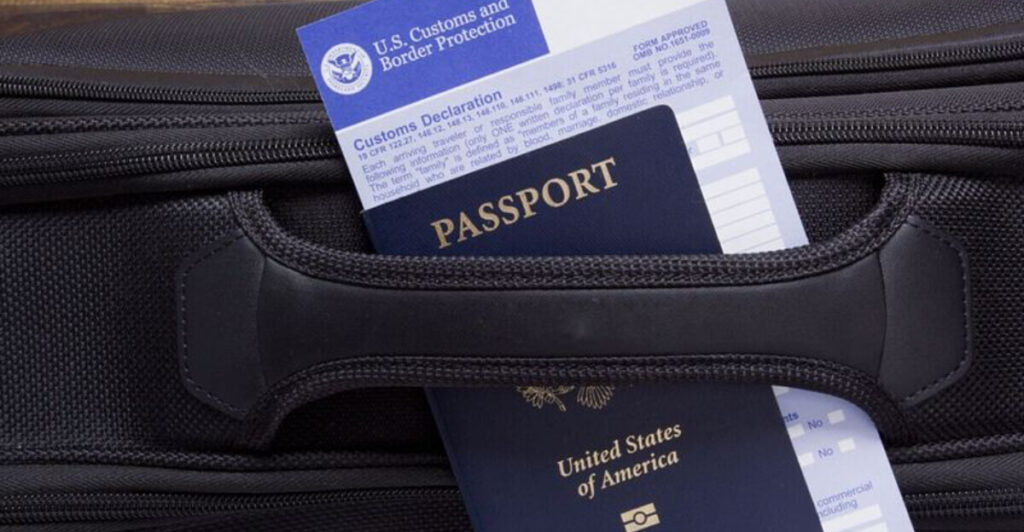Planning a trip to our friendly neighbor to the north? Canada offers stunning landscapes, vibrant cities, and warm hospitality, but even seasoned travelers can be caught off guard by some unexpected differences. While many Americans assume Canada is just like home with more maple syrup, there are important distinctions in everything from currency to cultural expectations that can make or break your experience.
1. Passport Power
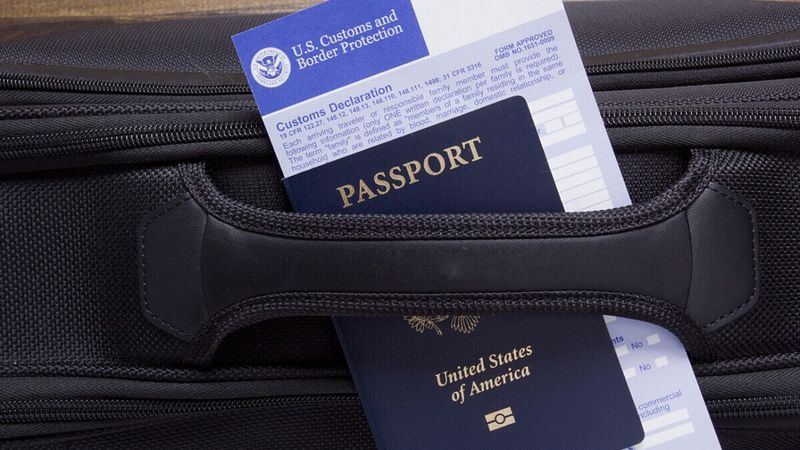
Gone are the days when Americans could cross into Canada with just a driver’s license. Every traveler, including children and infants, must present a valid passport or NEXUS card at the border. Enhanced driver’s licenses work in some states but aren’t universally accepted.
Border agents take their jobs seriously, so have your documentation ready and accessible. Crossing by car? Expect stops in both directions with potential vehicle searches and questioning about your visit’s purpose.
Fun fact: The Canada-US border is the longest international border between two countries in the world, stretching 5,525 miles across land and water!
2. Money Matters
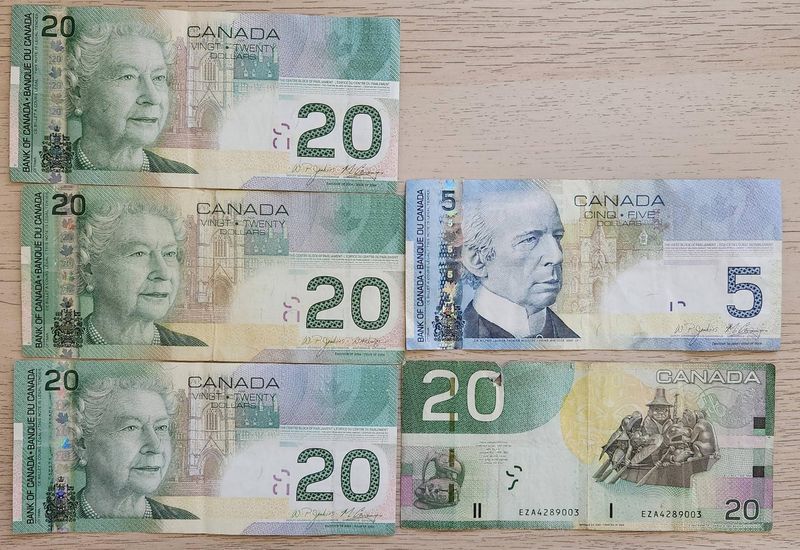
Your wallet full of greenbacks won’t get you far in the Great White North. While some tourist areas might accept US dollars, they’ll typically give unfavorable exchange rates. Canadian dollars—affectionately called ‘loonies’ (one-dollar coins) and ‘toonies’ (two-dollar coins)—are colorful and feature distinctive designs.
For the best rates, avoid airport currency exchanges and use bank ATMs instead. Consider bringing a credit card with no foreign transaction fees to save money on purchases.
Cash isn’t king here either—Canadians embraced tap-to-pay and digital payments long before Americans, so your contactless cards will work almost everywhere.
3. Metric System Mayhem
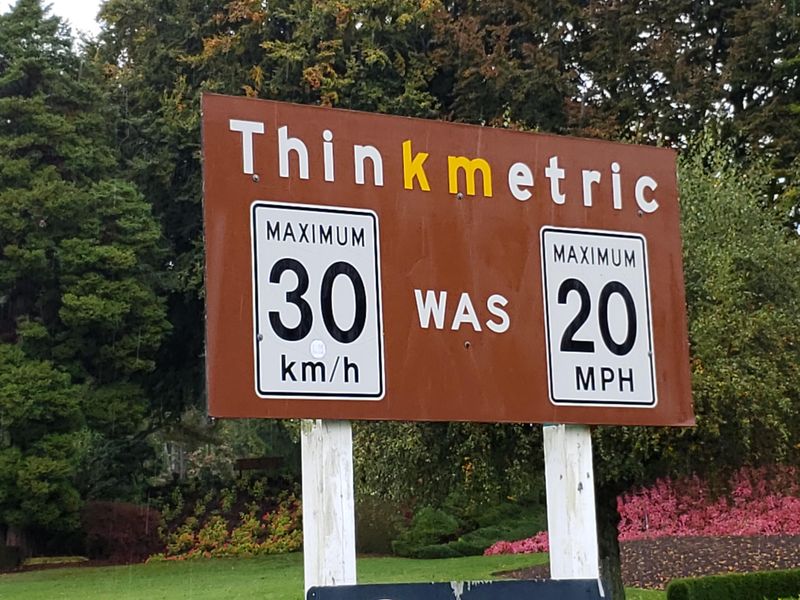
That speed limit sign reading 100? It’s kilometers per hour, not miles (about 62 mph). Temperature forecasts in the negatives during winter? That’s Celsius, not Fahrenheit. A Canadian telling you it’s 30 degrees outside? That’s a pleasant 86°F, not a freezing day.
Gas is sold by the liter (about 1/4 of a gallon), and distances on road signs are in kilometers. Most car dashboards show both systems, but having a quick conversion app on your phone can be helpful.
When someone mentions they’re 175 cm tall and weigh 70 kg, they’re saying they’re about 5’9″ and 154 pounds. Embracing the metric system is part of the Canadian experience!
4. Tax Shock
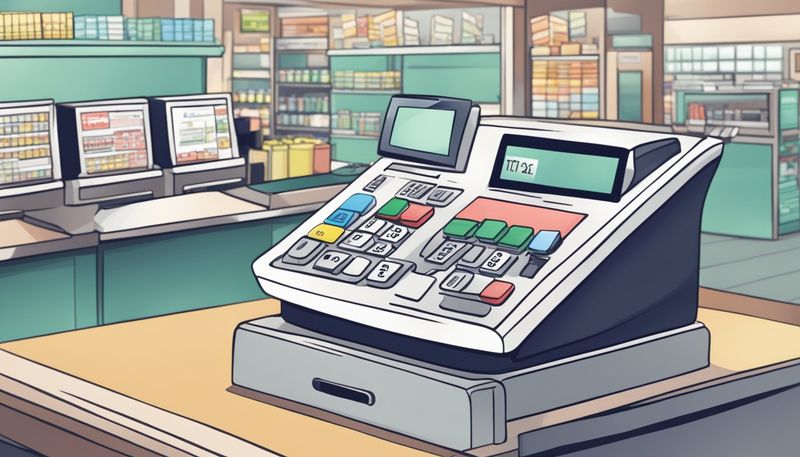
That $20 souvenir might actually cost you $23 at checkout. Unlike the US, where prices often include sales tax, Canadian price tags typically show pre-tax amounts. Provincial sales taxes vary significantly—from 5% in Alberta to nearly 15% in Nova Scotia and Prince Edward Island.
Restaurant bills, hotel stays, and retail purchases all come with this additional cost. The silver lining? As a non-resident visitor, you might qualify for a tax rebate on certain purchases over $100 if you save your receipts.
Accommodation taxes can be particularly steep in tourist areas, with some cities adding up to 18% to your hotel bill between provincial taxes and local tourism levies. Always budget accordingly!
5. Gratuity Guidelines
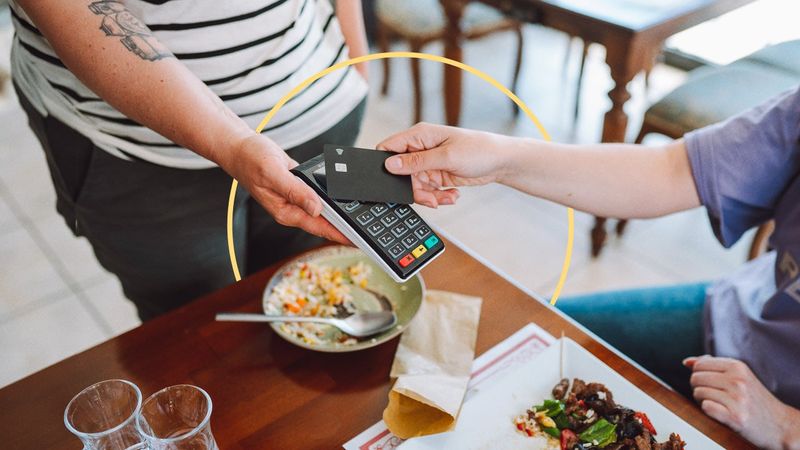
Servers, bartenders, and service staff in Canada earn minimum wage but still rely on tips to make a living. The standard gratuity ranges from 15-20% for good service in restaurants and bars. Taxi drivers, hairstylists, and tour guides expect similar percentages.
Hotel housekeeping staff appreciate $2-5 per night, left daily rather than at the end of your stay. Coffee shops often have tip jars or prompt for tips on card readers—10-15% is common for baristas.
Unlike some countries where tipping might offend, Canadians follow North American tipping customs. One difference? Many payment terminals automatically suggest tip percentages calculated on the post-tax amount, which is slightly higher than the American practice of pre-tax tipping.
6. Cultural Identity Awareness
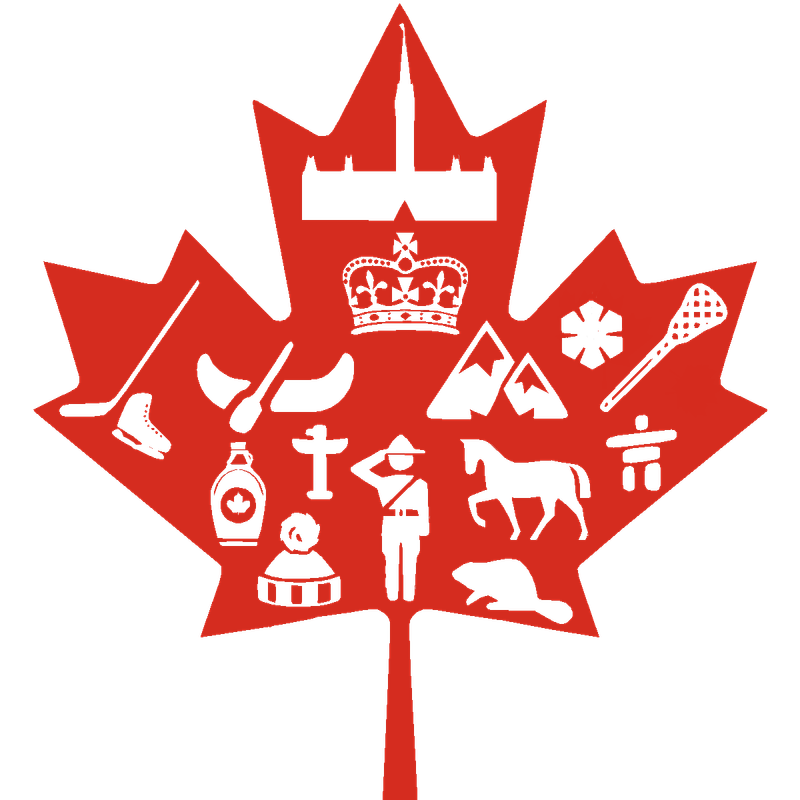
“You’re just like Americans, right?” is a surefire way to irritate your Canadian hosts. Despite cultural similarities, Canadians have a distinct national identity they’re proud of. They’ve given the world insulin, basketball, peanut butter, and some of your favorite comedians.
Canadian history differs significantly from American, with stronger British and French influences and different relationships with Indigenous peoples. Political discussions reveal further differences—healthcare, gun control, and multiculturalism are approached quite differently north of the border.
Hockey isn’t just a sport but a cultural institution. During playoff season, expect passionate fans and packed sports bars, especially when Canadian teams are playing. Showing interest in Canadian culture earns major points with locals!
7. Cannabis Clarity
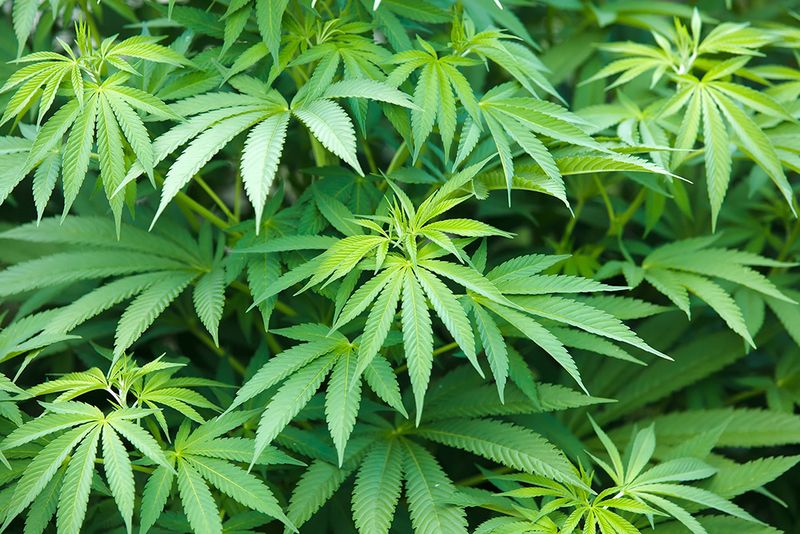
Yes, recreational marijuana is legal nationwide in Canada—but that doesn’t mean it’s a free-for-all. Each province has different rules about where you can purchase it (government-run stores in some areas, private retailers in others) and where you can consume it (generally not in public spaces).
The cardinal rule: never attempt to cross the border with cannabis, even if you purchased it legally. Border crossing with marijuana remains a federal offense in both directions, regardless of state laws.
Age restrictions mirror provincial drinking ages: 19 in most provinces, 18 in Alberta and Quebec. If you partake, remember that driving under the influence carries severe penalties, and police use roadside testing to detect recent cannabis use.
8. Health Insurance Essentials
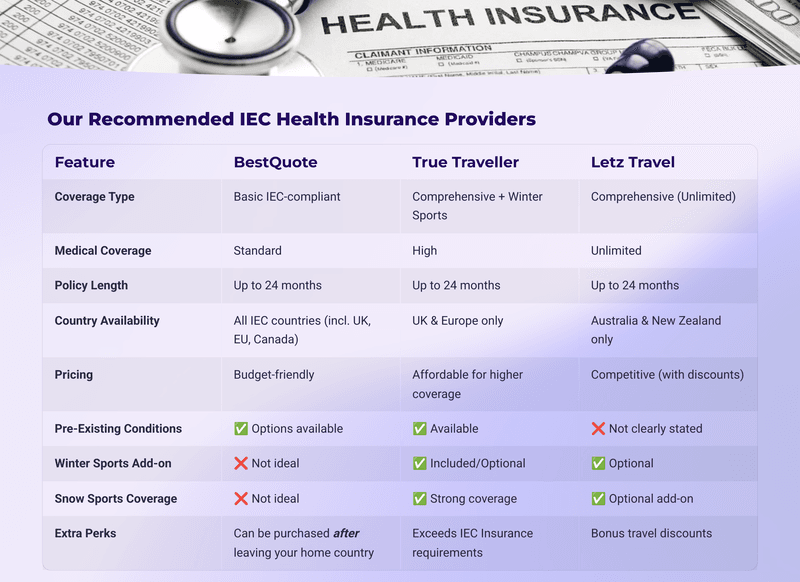
Canada’s celebrated universal healthcare system doesn’t extend to visitors. A simple emergency room visit could cost thousands without proper insurance coverage. Your domestic health insurance likely provides limited or no coverage abroad.
Travel medical insurance is absolutely essential before crossing the border. Look for policies that cover emergency medical treatment, hospital stays, and potential medical evacuation. Pre-existing conditions may require special coverage options.
Prescription medications should be kept in original containers with labels intact. While many common US prescriptions are available in Canada, names and dosages might differ. Bring a doctor’s note for controlled substances to avoid border complications.
9. Cell Phone Surprises
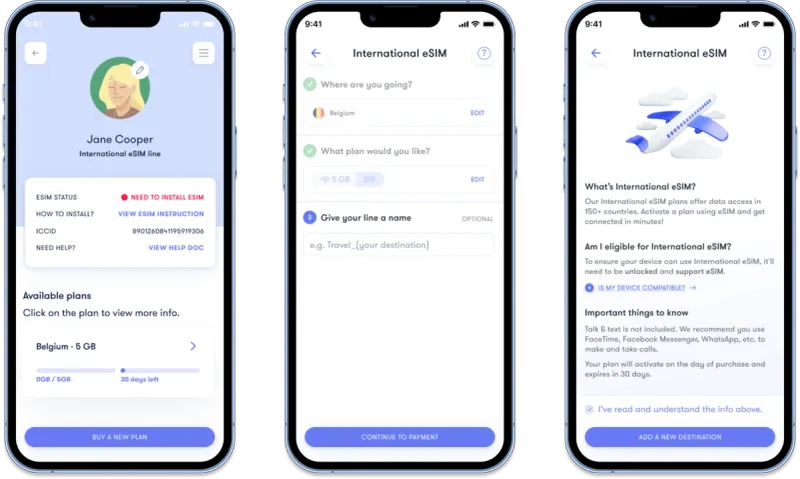
That unlimited data plan you love at home might become a financial nightmare in Canada. International roaming charges can accumulate quickly, with some carriers charging $10+ daily just to use your existing plan. Check with your provider before traveling—some offer Canada-inclusive plans.
Temporary solutions include purchasing a Canadian SIM card (requires an unlocked phone) or a travel plan add-on from your US carrier. Public WiFi is widely available in urban areas, but rural coverage can be spotty.
Canada’s major providers—Bell, Rogers, and Telus—offer prepaid options for visitors. For longer stays, consider these local options, as Canadian data costs are among the highest in the developed world despite excellent coverage in populated areas.
10. Language Landscape
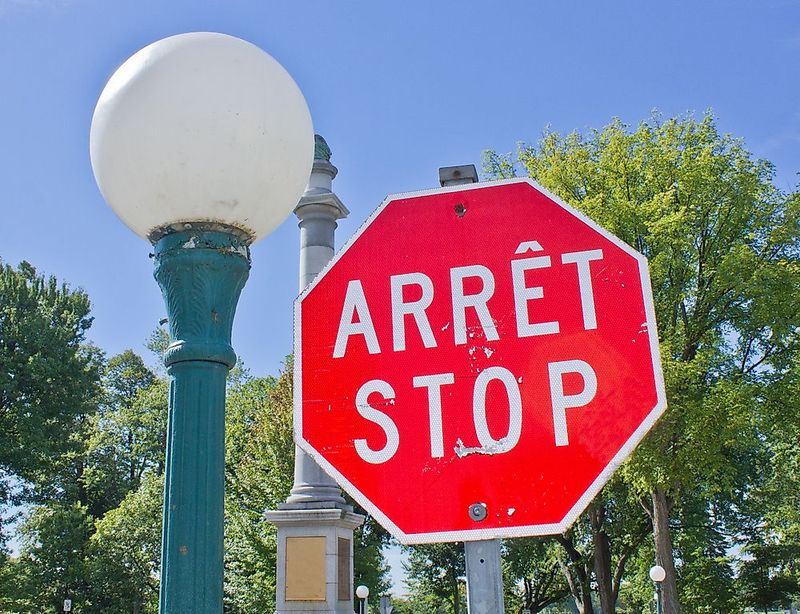
Canada has two official languages: English and French. While English predominates in most provinces, Quebec is primarily French-speaking, and New Brunswick is officially bilingual. Road signs, product labels, and government services reflect this duality nationwide.
In Quebec, expect French greetings first, though most people in tourist areas speak English. Making even a modest attempt at basic French phrases like “Bonjour” and “Merci” is greatly appreciated by locals.
Canadian English has its own quirks beyond spelling differences like “colour” and “centre.” You might hear unique terms like “washroom” instead of restroom, “pop” instead of soda, or “homo milk” for whole milk. Asking for a “double-double” at Tim Hortons gets you coffee with two creams and two sugars.
11. Politeness Protocol

The stereotype about Canadian politeness exists for a reason. Expect to hear “sorry” frequently—not as an admission of guilt but as a social lubricant. Canadians apologize when someone bumps into them, when reaching past someone in a grocery store, or even when asking a question.
Queue-jumping is considered deeply offensive. Whether waiting for buses, restrooms, or coffee, orderly lines are sacred. Inside voices are preferred in public spaces, and confrontations typically happen through polite but firm language rather than raised voices.
Hold doors for others, say please and thank you liberally, and remove shoes when entering someone’s home. These small courtesies help you blend in with locals who value consideration and respectful public behavior as cultural cornerstones.
12. Parks Pass Planning
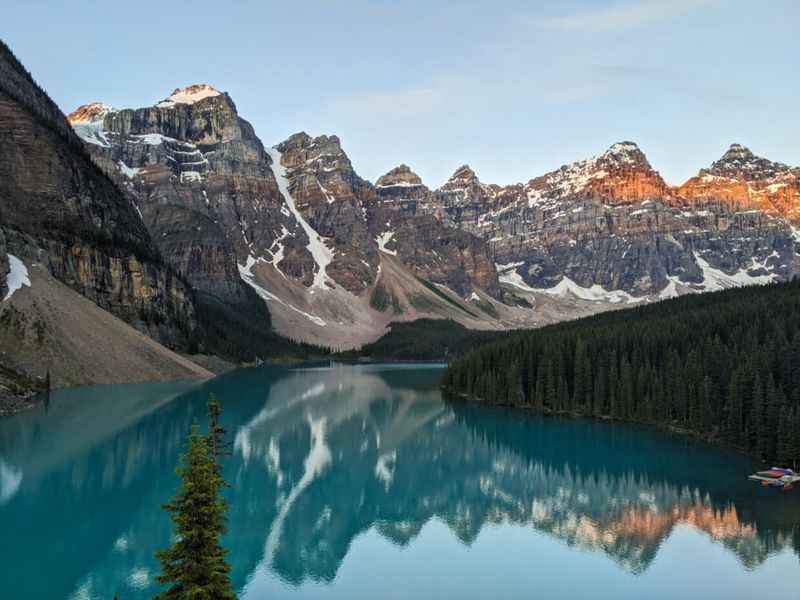
Canada’s national parks are breathtaking natural treasures, but access isn’t free. Whether you’re heading to Banff’s turquoise lakes, Jasper’s glaciers, or Cape Breton’s coastal trails, you’ll need a Parks Canada pass for entry.
Options include daily passes (around $10 CAD per person) or the Discovery Pass for longer or multi-park visits (approximately $70 CAD for a family/group). Purchase passes online before your trip to avoid entrance gate delays, especially during summer months.
Unlike some US national parks, many Canadian parks are located near towns with services, but wilderness areas require serious preparation. Cell service is limited, weather can change rapidly, and wildlife encounters (including bears) are real possibilities. Research park regulations and safety protocols before visiting.
13. Provincial Peculiarities

Canada’s ten provinces and three territories each have distinct laws and customs. The drinking age is 19 in most provinces but 18 in Alberta, Manitoba, and Quebec. Liquor sales happen in government stores in some provinces and grocery stores in others.
Winter tire requirements differ by region—they’re mandatory in Quebec from December to March but optional elsewhere. Turning right on red lights is legal in most places but prohibited in Montreal.
Provincial healthcare cards are required for residents, which explains why you might be asked for ID beyond your driver’s license when purchasing age-restricted products. Speed limits, helmet laws for cyclists, and even retail hours on Sundays vary across provincial boundaries. Research specific rules for provinces you’ll visit.
14. Distance Deceptions
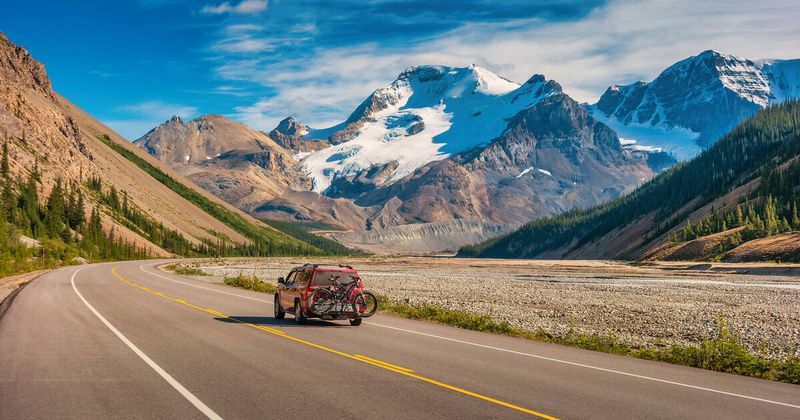
Canada is the world’s second-largest country by land area, with vast spaces between major destinations. Toronto to Vancouver is a 4,400 km (2,700 mile) journey—roughly the distance from New York to Los Angeles. Even Toronto to Montreal, two cities that look close on maps, requires a five-hour drive.
Weather compounds travel challenges, especially in winter when snowstorms can close highways. Always build extra time into road trip itineraries and consider domestic flights for longer journeys.
Gas stations and services can be scarce in remote areas. The Trans-Canada Highway has stretches where cell service disappears and fuel stops are hundreds of kilometers apart. Always check distances carefully when planning routes, and never let your gas tank drop below half-full in rural areas.
15. Border Crossing Basics
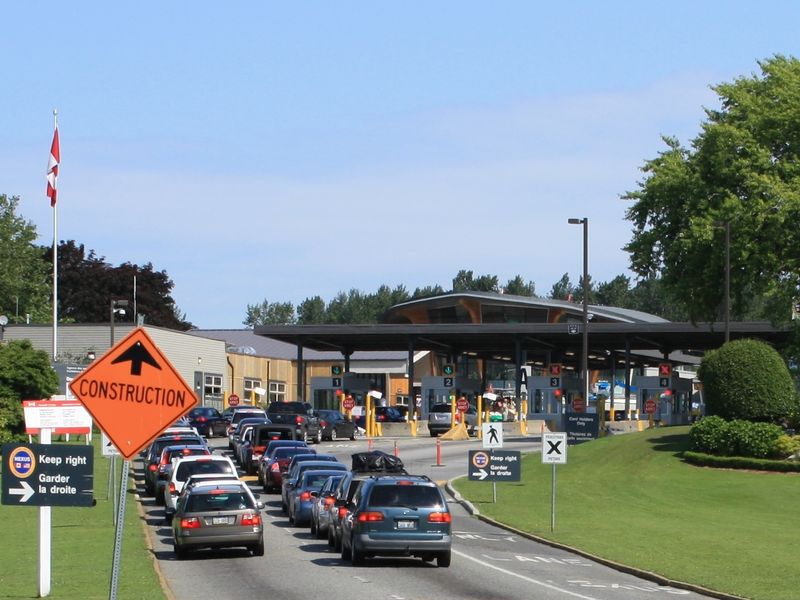
Canadian border officials have complete discretion over who enters their country. Past criminal convictions—even minor ones like DUIs from decades ago—can make you inadmissible without special permission. Answer all questions truthfully; lying to border officers is a serious offense.
Firearms are strictly regulated in Canada. Leave weapons at home, even if you have permits for them in the US. Food products, especially meats, fruits, and vegetables, face restrictions. Alcohol allowances are limited to 1.5 liters of wine, 1.14 liters of spirits, or 24 cans of beer per adult.
ArriveCAN, a digital app introduced during the pandemic, may still be required depending on current regulations. Check the Canada Border Services Agency website before traveling for the most up-to-date entry requirements.
16. Weather Wisdom
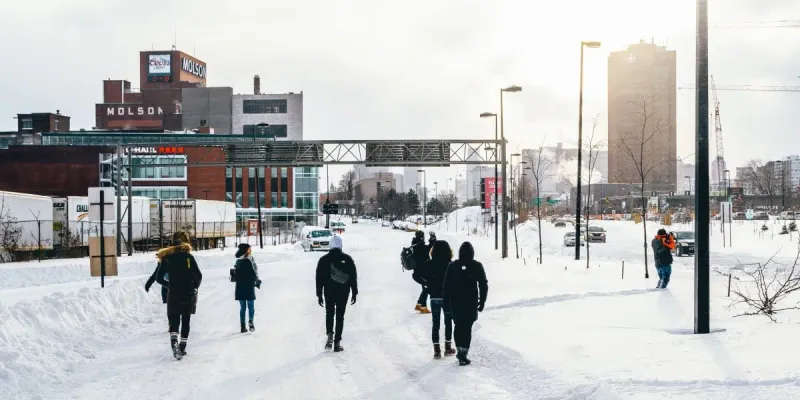
Canada’s climate varies dramatically by region and season. Summer temperatures can reach 30°C (86°F) in many areas, while winter brings serious cold—often -20°C (-4°F) or lower in central and northern regions. Vancouver and Victoria enjoy milder conditions, while Prairie provinces experience extreme temperature swings.
Pack appropriate clothing for your destination and season. Layering is essential, as indoor spaces are well-heated in winter and air-conditioned in summer. Even summer visitors to mountain areas should bring warm clothing for evenings.
Canadians rarely cancel plans due to weather—they adapt. Schools remain open during snowfalls that would shut down US cities, and winter activities thrive despite freezing temperatures. The local saying “There’s no bad weather, just bad clothing” reflects this resilient attitude.

